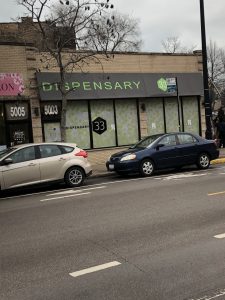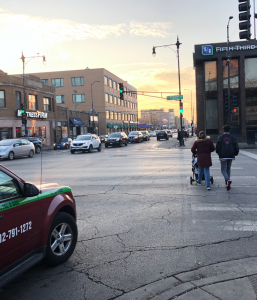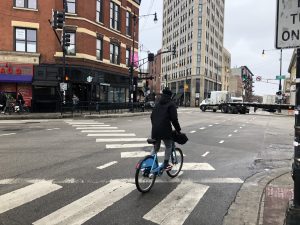The Land of Lincoln greeted the year 2020 with the much sought-after legalization of recreational cannabis, becoming the 11th state to legalize the product. Dispensaries are struggling to keep up with the medical and recreational demand, selling $40 million dollars’ worth of legal weed in January alone. Chicago dispensaries have long lines with people waiting to make purchases. Indubitably, Illinois had a successful weed industry launch however, personal injury lawyer, Peter Zneimer of Zneimer and Zneimer P.C. notes that the question of impairment and the proper ways to determine it remains controversial in many circles, particularly in law enforcement.
People driving stoned and the methods employed to determine a driver’s impairment, is in its infancy and experimental stages, which is a struggle that law enforcement officials and legislators continue to deal with, even in states like Colorado where weed has been legal since 2014 (https://www.summitdaily.com/news/how-high-is-too-high-5-years-after-legalization-colorado-struggles-to-test-marijuana-impairment-for-drivers/) . While intoxication can be easily deduced from the smell or with the 12-step Sobriety Test, there is yet to be a standardized test designed to accurately measure weed impairment. Under Illinois law, it is illegal to drive high and if you test positive for five nanograms of THC (tetrahydrocannabinol) per milliliter of blood, your driver’s license will be revoked on top of potential criminal charges. Carol Stream Police Department has rolled out a saliva testing program to measure marijuana impairment (https://abc7chicago.com/5526516/). Police officers are using an mLife Diagnostics manufactured device to determine the presence of THC. This sounds easy enough, but the problem lies in the body’s extended retention of THC as opposed to alcohol which the body eliminates faster. Whether you are an avid smoker or not, THC stays in your body for weeks even after the high has worn off, which means should your saliva get tested, it will produce a positive result but a positive result is not necessarily tantamount to impairment. Since science has not fully caught up with the popularity of weed use, police officers cannot merely rely on the device’s detection of THC. They can only use it as evidence to support probable cause to arrest the person. The police officer must make the final determination for impairment. https://herald-review.com/news/state-and-regional/crime-and-courts/illinois-police-want-to-know-who-s-driving-while-stoned/article_0e4c663d-8e4b-5d54-aac3-3c7a251b07a4.html
The effects of THC include an increased sense of well-being or euphoria, relaxation, slowed psycho-motor response, an altered sense of time, short term memory impairment and impairment of multi-tasking performance. The National Highway Traffic Safety Administration found in 2016, that 38% of fatally injured drivers in the country, tested positive for marijuana https://herald-review.com/news/state-and-regional/crime-and-courts/illinois-police-want-to-know-who-s-driving-while-stoned/article_0e4c663d-8e4b-5d54-aac3-3c7a251b07a4.html. Personal injury attorneys at Zneimer & Zneimer, P.C. can see the likelihood of this percentage increasing if more people who have ready access to weed are unable to ascertain their own impairment and take the wheel. Not only that, weed smokers who are stopped on the road suspected for impairment, may not willingly submit to being swabbed. Despite the murkiness of marijuana impairment, the real responsibility lies on weed users and to drive sober.
 Chicago Accident Lawyer Blog
Chicago Accident Lawyer Blog




